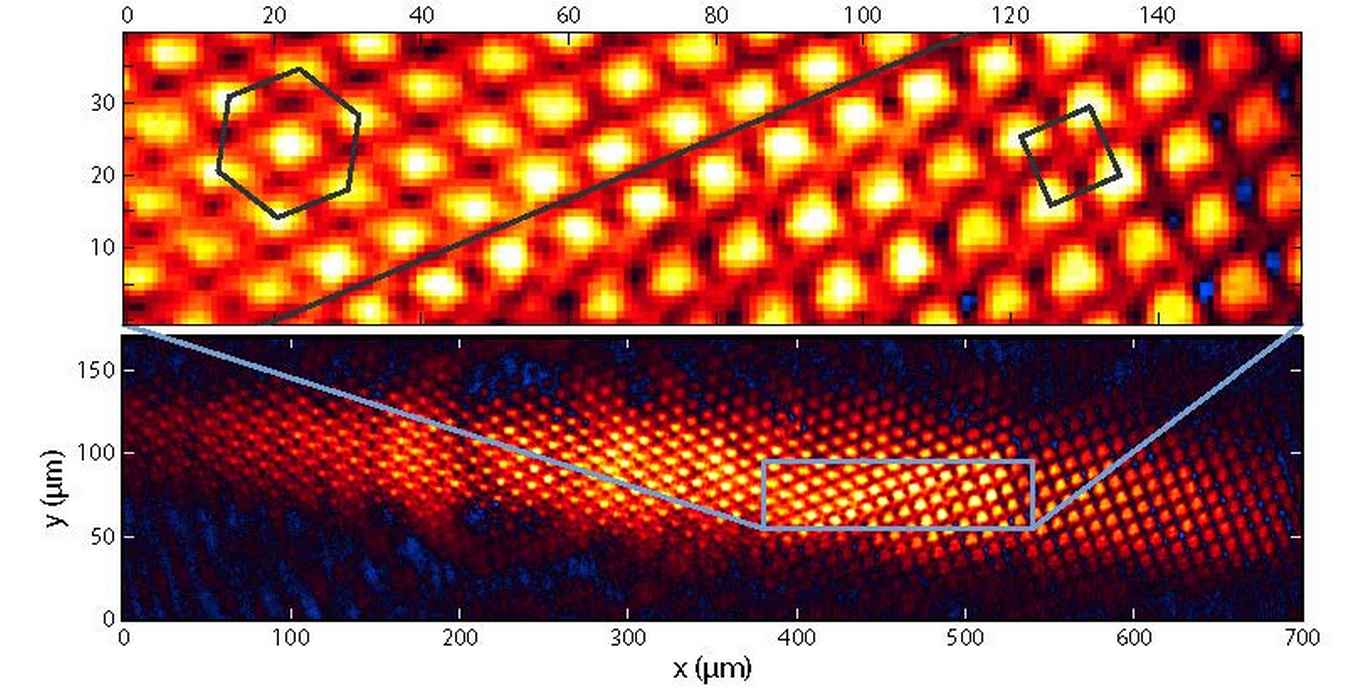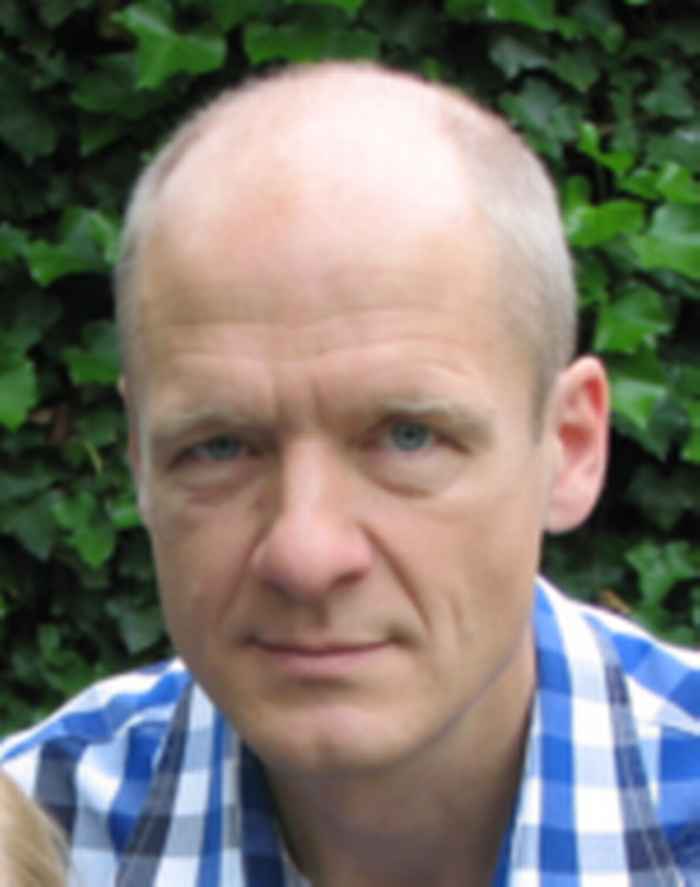UvA physicists successful in 2013 call for FOM 'Vrije Programma's'
26 November 2013


With the awarding of Spreeuw's programme, he and his colleagues at the UvA Institute of Physics, Dr Klaasjan van Druten and Prof. Ben van den Linden Heuvell, can strengthen and expand their research in this area. The consortium further consists of researchers from TU Eindhoven. The grant involves a total budget of 1.5 M€.
From Rydberg atom to quantum bit
This research programme will enable the generation of the first lattice of Rydberg atoms. These are atoms in which the outermost electron is in a highly excited state and is thus very weakly bound to the nucleus. This causes the interactions between Rydberg atoms to be very strong, making these atoms a good starting point for a quantum bit. However, in order to use them in a quantum computer, the atoms have to be properly arranged. The team of physicists collaborating in this programme proposes to make such lattices of Rydberg atoms in two ways: both by exciting one atom at a time located in a lattice of ground-state atoms into Rydberg states using laser light, and by aiming a laser beam at an ultracold gas of atoms. In the latter case, the atoms start out randomly distributed, but the laser beam itself then causes the Rydberg atoms to self-align in an orderly lattice. Since the Rydberg atoms can be switched ‘on’ and ‘off’ with a laser, they can be readily addressed as a quantum bit. The lattice of Rydberg atoms can also be used for the simulation of lattices of quantum spins, which are important model systems in condensed matter physics. The advantage here is that the interaction between the Rydberg atoms can be tuned in a controlled manner.
Programme leader Dr Robert Spreeuw: “Both lattices of trapped atoms and Rydberg atoms are currently hot topics. The combination of these two fields opens up fantastic possibilities. The granting of this programme enables us to cover new ground in this very promising new research direction.”

Conducting interfaces between insulating oxides
UvA physicists Prof. Mark Golden, Dr Erik van Heumen and Prof. Hermann Dürr (the letter being a professor by special appointment at UvA, affiliated to Stanford Univesity) are partners in another successful FOM programme proposal entitled ‘2-dimensional electron devices in complex oxides’. This programme will be carried out under the leadership of Prof. Hans Hilgenkamp (University of Twente) and also involves teams from Leiden University, TU Delft and Radboud University. The total budget for this programme is 2,9 M€ with the UvA part of more than 0.5M€.
The research here is focused on the investigation and control of the properties of two-dimensional conducting interfaces in complex oxides, aiming at both new fundamental physics and at applications in next-generation nanoelectronics and sensors. Although many metal oxides are insulators, some combinations of such insulating oxides possess a conducting interface. These combinations are thus of great potential as a materials platform for electronic circuits with active elements smaller than ten nanometers, something which is very difficult to achieve with conventional semiconductor technology. By creating various combinations of materials and by tuning their conducting interfaces on the nanoscale, the researchers will learn more about the magneto-electronic properties of the interfacial systems and their novel quantum properties. The technological steps required to use this fascinating phenomenology for applications is also an important subject of research. Prime targets here are the use of complex oxide interfaces in energy-efficient electronics, as they can switch a conducting charge or spin current using only very small applied voltages, or in future 'memristor' devices that combine memory and logical switching in a single entity.
FOM ‘Vrije programma's’
In this funding round the Foundation for Fundamental Research on Matter (FOM) has awarded a total of 10.2 M€ to five new research programmes. The research groups will work in areas where Dutch physics has a superb international record and there is a clear scientific and societal interest.
The Vrije FOM-programma's bring together the best research groups in their respective fields in the Netherlands. In each research programme, the specialists from the various Dutch research institutions combine their strengths, resulting in clear programmatic added value. With this FOM realises what is termed 'focus and mass' in policy jargon: working on a limited number of challenging scientific subjects, with a large number of the best researchers in the Netherlands, with the research being coordinated at a national level.